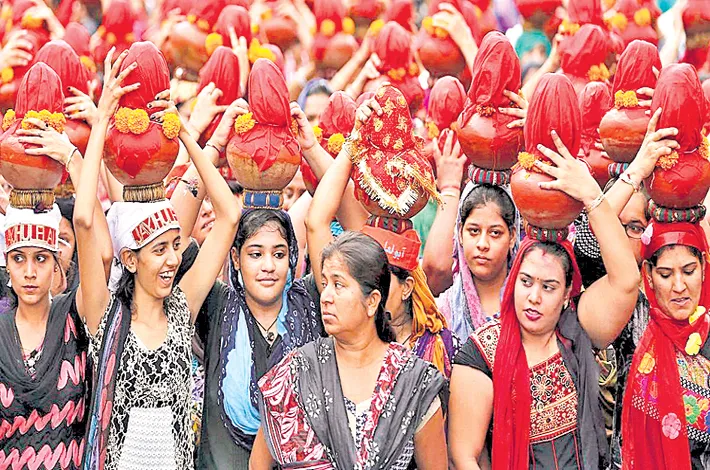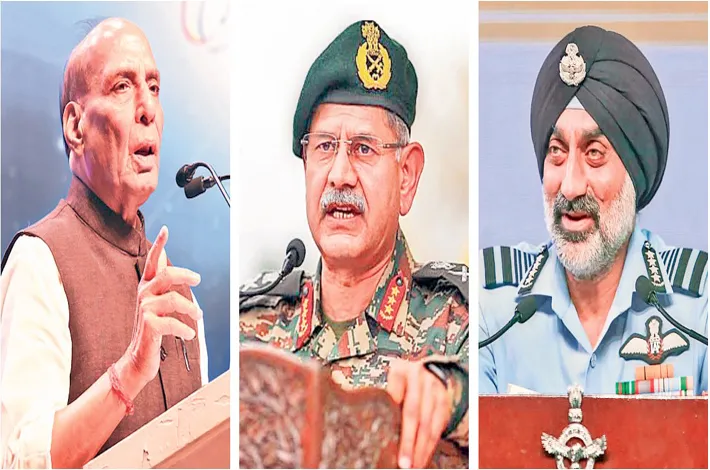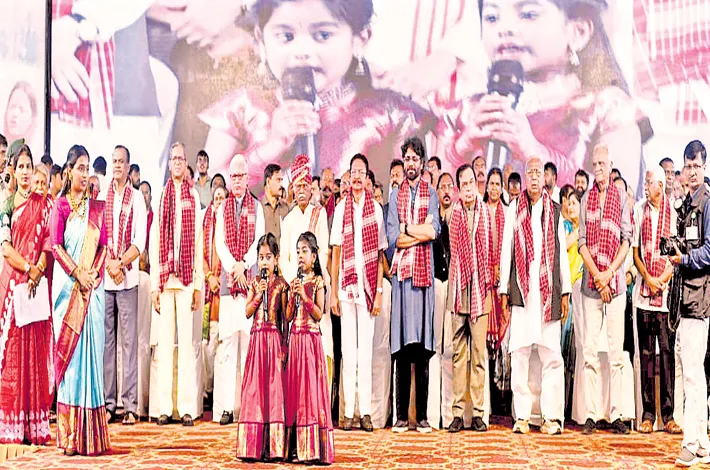Sindhis in Western India carry traces of Mongolian and Pakistani lineages
04-10-2025 12:00:00 AM

The west coast of India is home to a diverse array of human populations. This vast region, nestled between the Arabian Sea and the Western Ghats, has witnessed the movement of various West Eurasian groups over centuries—including the Portuguese, Middle Easterners, Jews, and Parsees. Yet, the origins and genetic relationships of many communities in this area remain largely unexplored. One such group is the Indian Sindhi community residing in Maharashtra.
Due to its geographical proximity to Sindh (in present-day Pakistan), Sindhi migration to western India has occurred for centuries. However, large-scale migration took place during the Partition of India in 1947. Now, for the first time, a high-throughput genetic study has been conducted on the Sindhi population living on India’s west coast by Dr. Kumarasamy Thangaraj, CSIR Bhatnagar Fellow at the CSIR-Centre for Cellular and Molecular Biology (CCMB), Hyderabad, and his colleague Dr. Lomous Kumar. The researchers explored the Sindhis' shared ancestry, local assimilation, and migration history. Using over 600,000 DNA markers, they analyzed the genetic structure of the population with advanced analytical and statistical techniques.
Dr. Thangaraj stated that Sindhis in western India have a distinct genetic makeup—notably different from Sindhis in Pakistan. Their genetic profile shows affinities with ethnic groups like the Burusho and Hazara of northern Pakistan, while also reflecting recent genetic admixture with local populations such as the Konkanis.
Interestingly, the researchers also identified a unique East Asian genetic component in Indian Sindhis. This could stem from ancient admixture events—possibly through Mongolian migrations or contact with Burusho and Hazara-like populations in present-day Pakistan.
Dr. Lomous Kumar added that this East Asian genetic signal might have been integrated earlier in the community’s history, highlighting complex patterns of movement and intermixing over time. These findings provide compelling evidence of the demographic changes and population shifts in western India shaped by multiple waves of migration.








